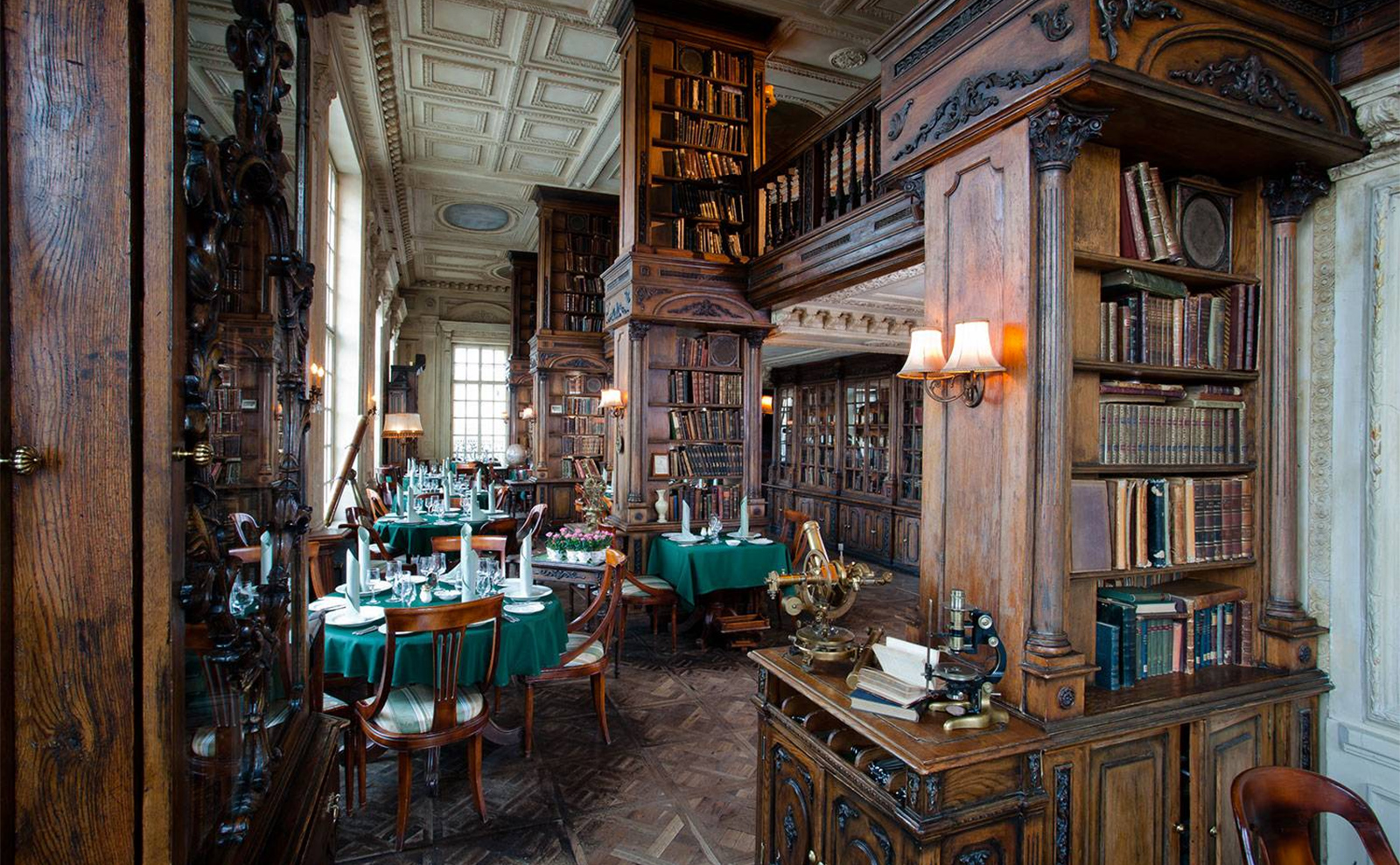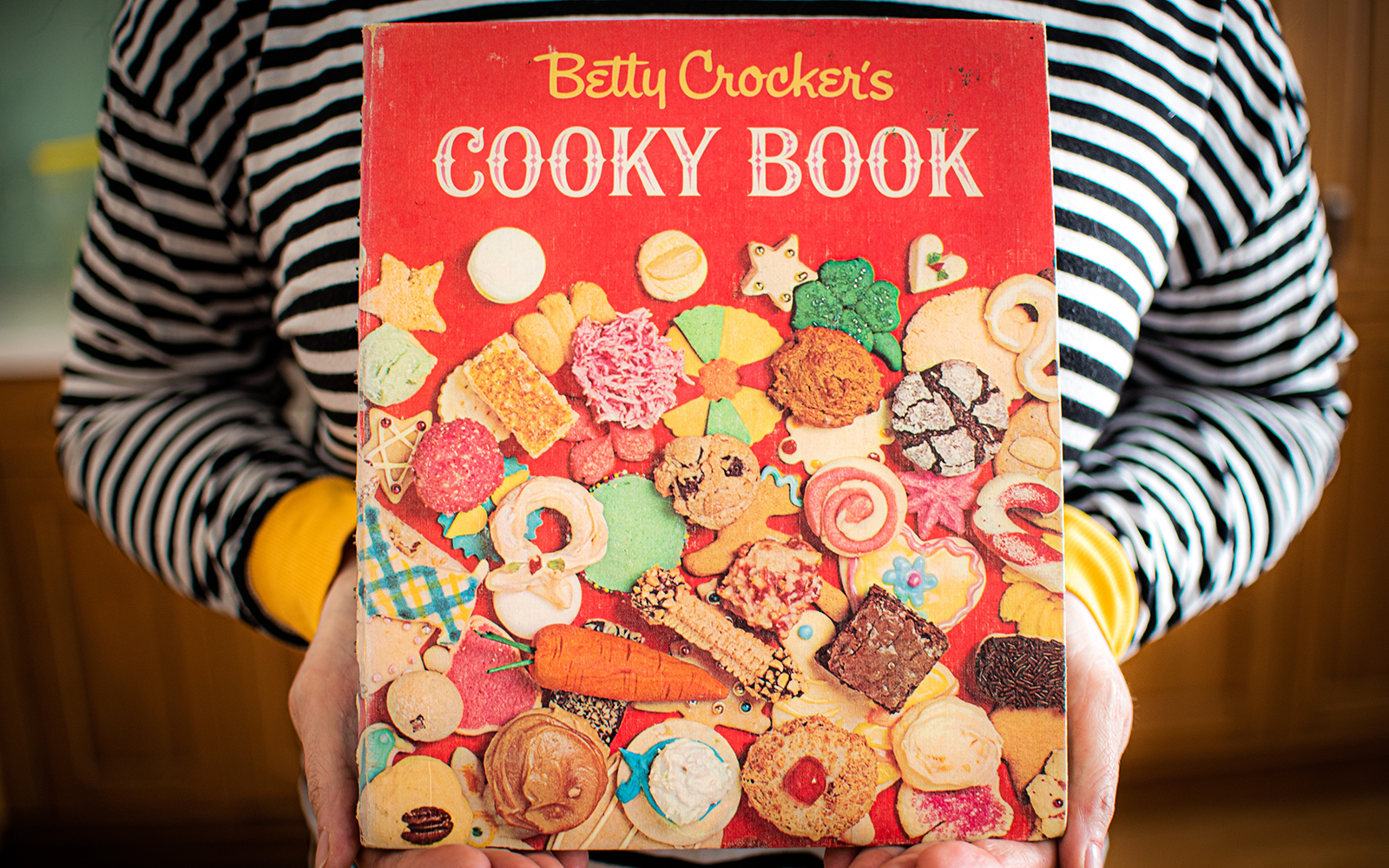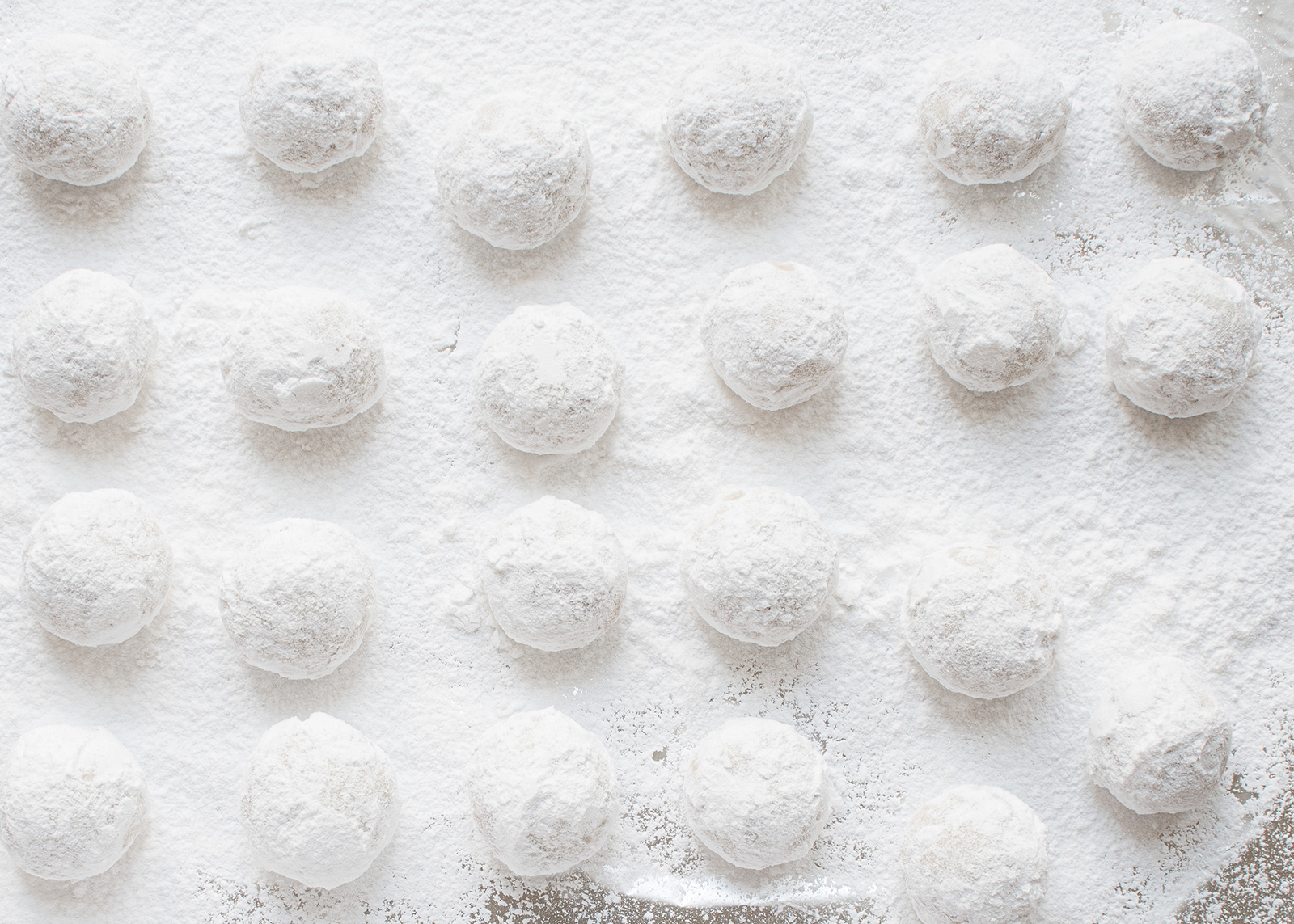
Armchair travel around the world!
Start your reading adventures with our FREE Reading Atlas.

- Around the World in 14 Books
- 7 Thrilling Book Series
- 6 Audiobooks That Are Like Theater For Your Ears



Food and drinks are some of the easiest ways — and the most fun— to vicariously experience another culture. When you add a great book to the mix, you've got the makings of a perfect evening. In Food+Fiction, we recommend a delicious read and a related recipe so you can try the taste of different destinations in your own kitchen.
This post is part of our Food+Fiction series.

Did you have a copy of this classic baking cookbook in your house when you were growing up? Published in 1963 and packed with hundreds of cookie recipes, this was a kitchen staple when we were kids.
Yes, I have a box of index cards with handwritten recipes on them, as well as yellowing newspaper and magazine clippings for holiday treats. But this book remains the classic. The standard. The one cookbook that is synonymous with Christmas.
You can buy a new reproduction of this classic on Amazon. We found an original copy in a vintage store somewhere along the way, and its pages are now marked with post-it notes to highlight the new-to-us recipes we want to try. Inviting, magical names like Lemon Snowdrops, Christmas Jewels, and Dream Bars tempt us — but every Christmas, without exception, we bake these Russian Teacakes.
Over the years, we’ve added notes in the margins of this well-loved (butter-stained, torn) book. Page 25, where you’ll find the original Russian Teacake recipe, says in Melissa’s familiar scrawl ‘make these smaller than you think you should’. That note is followed by David’s handwriting, next to the baking time published in the book: ‘Start checking at 8 m’ and ‘keep being awesome.’

That’s the best thing about a beat-up cookbook: It’s like a telegram from the past and a love note to the future, a light-up strand of memories that connects us to every version of ourselves and the people we love. We change, and sometimes we may be miles apart, but a little butter and sugar, mixed with love, brings us together in an instant.

Makes about 48. Total time 25 minutes, plus chilling time.

Prep the dry ingredients. In a medium bowl, mix the flour and salt with a fork; set aside.
Make the dough. With a standing mixer or hand mixer, cream the butter, sugar, and vanilla. Add the flour and blend until just combined. Add the nuts and mix until just combined. With your hands, pat the dough into a rectangular shape, about 6 inches long and 4 inches wide. Wrap tightly in plastic wrap and refrigerate until chilled, at least an hour.
Bake the cookies. When you’re ready to bake, preheat the oven to 400F/205C. Cover a large baking sheet with parchment paper. Remove the dough from the fridge, and using a sharp knife, cut the block into 48 equal-sized pieces. Roll the dough cubes between your palms to make 1-inch balls and place them on the baking sheet. These cookies don’t spread, so they can be placed fairly close together. Bake 8-11 minutes, but pay attention! You do not want them to brown; these cookies should be set but still pale when taken from the oven.
Cool and roll the cookies. Remove the pan from the oven and allow the cookies to cool a little, about 4-6 minutes. Pour the extra confectioner’s sugar in a large bowl. When the cookies are firm enough to touch, but still warm, gently roll a few at a time in the sugar, then set them aside on a wire rack to cool completely. When the cookies are 100% cool — like, cooler than the members of Duran Duran, sipping vodka with supermodels in an ice hotel in Sweden — roll the cookies again in the confectioner’s sugar. Store them in a covered container, share generously, and eat with abandon.
The cooky is traditionally associated with the holiday, or holy day, in every land on earth. A sweet that fits the hand, a finger food, an ornament, a good-luck charm — the cooky takes many shapes and endless flavorings. Simple, edible, a warm-hearted gift because it is handmade, the cooky is a symbol of our childlike delight in festivals and sociability. Not only at Christmas time, but also around the calendar, let cooky baking become a happy holiday custom in your home. — Kerry Greenwood
This technicolor marvel was originally published in 1963, and it remains a kitchen necessity for anyone who loves cookies. Sure, you can find cookie recipes on the internet or in magazines at holiday time, but they can’t compete with this old-school classic. Although Betty Crocker is a fictional character, her baking is legit. This book includes hundreds of cookie recipes — for every day, for holidays, and for other special occasions, including Snickerdoodles, Magic Carpet Cookies, Coconut Belles, Hurry-Up Chocolate Chip Drops, Gateau Bonbons, and the inspirationally titled Dream Bars. {more}
This classic cookbook (160 pages) was published in September of 1963 by Golden Press. The book takes you to a vanilla-scented kitchen. Melissa read Betty Crocker's Cooky Book and loved it; it wouldn't be on our site if she didn't recommend it.
Bookshop.org is an online bookstore with a mission to financially support independent bookstores and give back to the book community.
Top image courtesy of Cafe Pushkin.
Want to keep up with our book-related adventures? Sign up for our newsletter!
Can you help us? If you like this article, share it your friends!
Strong Sense of Place is a website and podcast dedicated to literary travel and books we love. Reading good books increases empathy. Empathy is good for all of us and the amazing world we inhabit.
Strong Sense of Place is a listener-supported podcast. If you like the work we do, you can help make it happen by joining our Patreon! That'll unlock bonus content for you, too — including Mel's secret book reviews and Dave's behind-the-scenes notes for the latest Two Truths and a Lie.
Join our Substack to get our FREE newsletter with podcast updates and behind-the-scenes info — and join in fun chats about books and travel with other lovely readers.

We'll share enough detail to help you decide if a book is for you, but we'll never ruin plot twists or give away the ending.
Content on this site is ©2025 by Smudge Publishing, unless otherwise noted. Peace be with you, person who reads the small type.